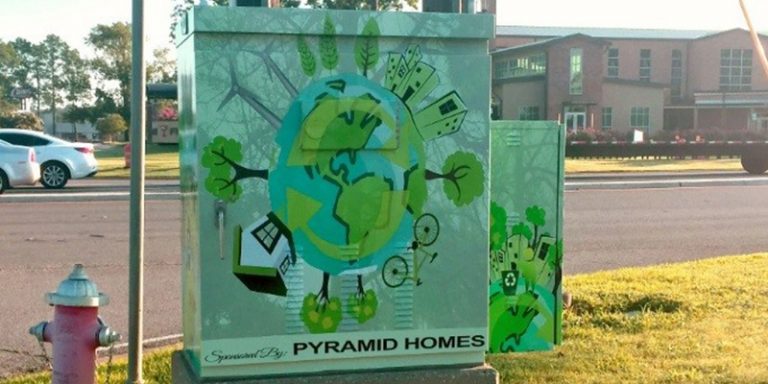https://www.easttexasmatters.com/entertainment/fox51-good-day/lower-home-energy-bills-with-these-tips/199999002
This article is a brief explanation of the four main types of lighting options that can be used in everyday homes. Along with that, I will go through a cost comparison example between old and new light bulb types. Finishing with a recommendation of which light bulbs to buy.
The first type of light is the Incandescent light bulb. This light bulb has been around for over a hundred years. Cheap to buy, about 1 to 2 euro. It will last for about a 1,000 to 1,500 hours. But as far as energy efficiency is concerned this is not a good choice.
The second type of light is the CFL. That is Compact Fluorescent Light, this has come on the market in the last 10 years and is a low energy light. In the main, CFL’s are usually a twisty or tube like design. They are not like ordinary bulbs.
CFLs use 20% of the energy used by typical incandescent bulbs to give the same amount of light and last up to 10 times as long. A 22 Watt CFL has the same light output as a 100 Watt incandescent bulb. The cost to buy is more expensive, about 6 to 10 euro. It will last for about 8,000 to 10,000 hours.
The third type of light is the LED, or light emitting diode. This is a new type of light and is a very low energy light but is constricted to where it can be used. It is best suited to a bedside lamp or used for effect lighting. LED bulbs use up to 85% less energy and last up to 20 times longer than incandescent bulbs. They are more expensive but have a very long lifespan up to 25,000 hours according to the manufacturers.
The fourth type is Fluorescent lighting. Fluorescent lighting is mostly used in commercial or office space and is not practical for the ordinary household’s. In the household, fluorescent lighting is rarely used, but it can, I have seen it only once.
Here comes the maths part, the cost comparison example. We will be looking at the difference in cost between 100 Watt incandescent bulbs and a 22 Watt CFL because they both give out the same amount of light.
A 100 Watt bulb will use 1 Kw/h in 10 hours. So if it lasts for 1500 hours that’s 150 Kw/h.
A 22 Watt low energy bulb that will be in use for 1500 hours will use 33 Kw/h.
If the cost of a Kw/h is.20 cent.
Incandescent 150 Kw/h x.20c = 30 euro + 1 euro cost of bulb = 31 euro
CFL 33 Kw/h x.20c = 6.60 euro + 10 euro cost of cfl bulb = 16.60 euro
As can be seen from the cost comparison example, I would recommend buying CFL bulbs. The unseen cost for the householder is the overall cost, the cost of the electricity. Another reason is, the CFL bulb gives better light coverage in a room.
At the end of the day is this important I hear you say, well it is, this is a first step and an easy step. You will use less energy and lower your electric bills. I like to think that everyone can do this for the environment and save money to boot. The potential for reducing the electric bill is about 5% maybe 7%.
Other things to remember,
• all lighting lamps carry an energy label similar to that on appliances (that is an A to G label) and information as to the expected life span. Low energy lighting will give highest savings in rooms that are most often used.
• Avail of natural daylight whenever possible, that means, open the curtains or the blinds. Avoid leaving electric lights switched on in unoccupied rooms.
Article Source: http://EzineArticles.com/7968037







